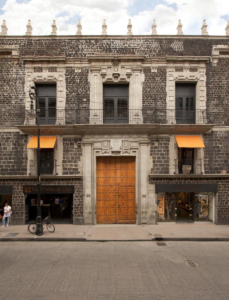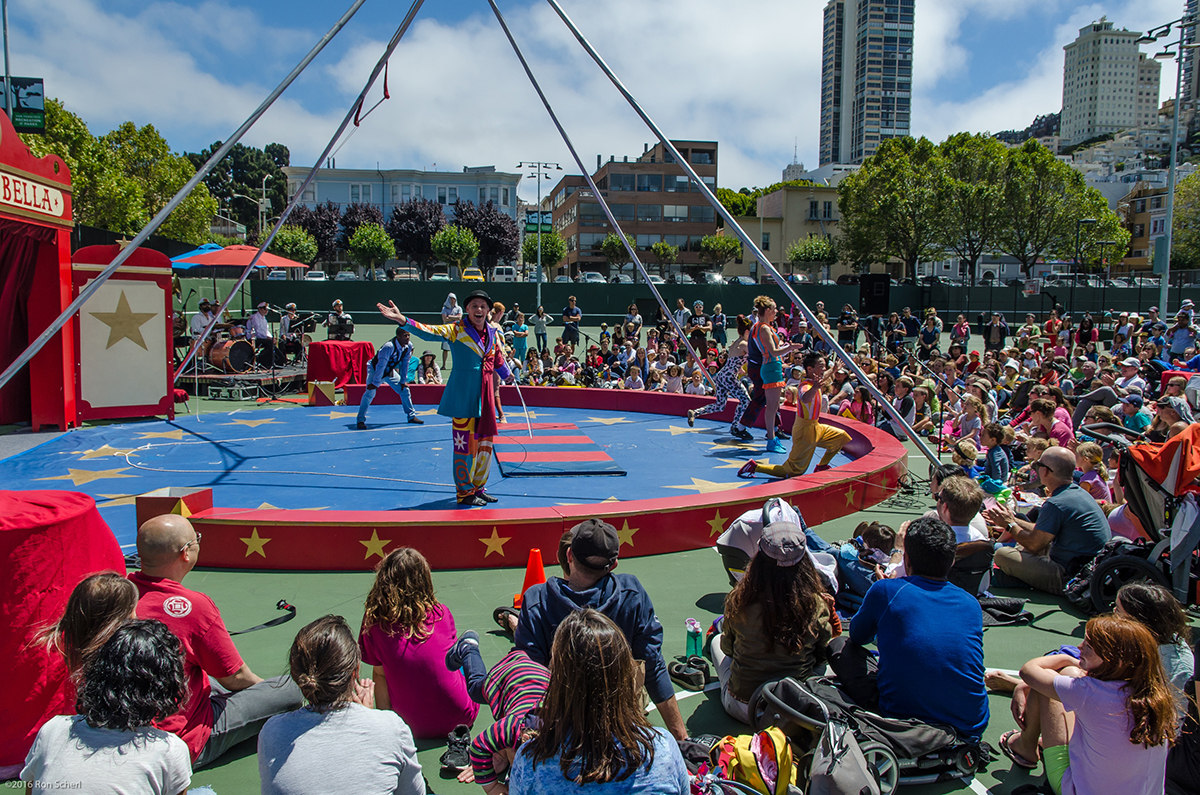Current Countess of Miravalle
Have you ever wondered what happened to the descendants of Moctezuma? We tell you about the life of some of them in Mexico and Spain.
It has been speculated about the tlatoani Moctezuma that he had a large number of wives and concubines, as well as sons and daughters, who, according to some figures, could have reached more than 150 when Hernán Cortés arrived in Mexico-Tenochtitlán. However, the figure varies according to the source and it is not possible to know how many descendants he currently has.
Despite this, the truth is that Moctezuma had some notable descendants, whose descending genealogical line can be traced to this day. The most important of his daughters was Tecuichpo Ixcaxochitzin, who was christened Isabel Moctezuma in honor of the Spanish queen. She was the most beloved daughter of the tlatoani, who was born between 1503 and 1510.
Isabel: the best known descendants of Moctezuma
When Moctezuma was kidnapped by the colonizers, he asked Cortés to take care of his daughters: Isabel, María, and Marina. Some versions indicate that Cortés was the one who killed the tlatoani, while others mention that it was his own people who killed him when they saw his docility in front of the Spanish.
After the fall of Moctezuma, the Mexica people had a new tlatoani, Cuitláhuac, with whom Isabel married to give legitimacy to the government. The princess’s first marriage was short-lived, as the new tlatoani fell ill with smallpox and died.
Later, Isabel married the last Mexican tlatoani, Cuauhtémoc, who died at the hands of the Spanish. For the third time, Cortés arranged a marriage between Isabel and Alonso de Grado, who died a year later.
Isabel and Cortés
As a consequence, Hernán Cortés took Isabel as her concubine and forced her to have sex without consent. Leonor Cortés y Moctezuma was born from said violation. He initially forced Isabel to marry Pedro Gallego, who would take care of Isabel and Leonor. However, when noticing that Isabel did not want to take Leonor’s charge of her, he decided to recognize her and seek a tutor for her. Finally, Isabel married Juan Cano de Saavedra of her own free will, with whom she had six more children.
On her side, Leonor Cortés Moctezuma, whom her mother never wanted to see and even disinherited, married Juan de Tolosa, a Basque discoverer of the Zacatecas silver mines and had a life full of wealth.
On December 18, 1690, Carlos II granted the noble title of Count of Miravalle to Alonso Dávalos y Bracamontes, a descendant of Isabel Moctezuma and nephew of the Spanish king. The county had as territory the lands of the present Compostela, Nayarit. In addition, he owned – like all counts – a palace in Mexico City, on Calle de Isabel la Católica, in front of the Spanish casino. Today the House of the Counts of Miravalle houses the Downtown Hotel.
The children of Pedro Moctezuma
Another of the most important branches of descendants of Moctezuma was that of Tlacahuepantzin Yohualicahuacatzin, baptized as Pedro de Moctezuma and who died in 1570 and is buried in the Church of Santo Domingo. Diego Luis de Moctezuma, a descendant of Pedro, was taken to Spain and married the noble Francisca de la Cueva y Valenzuela. This offspring received the title of Duchy of Moctezuma de Tultengo. All the descendants of this line continued to be born in Spain.
Pablo Moctezuma Barragán, academic and politician, is among the descendants of the tlatoani in Mexico.
News of the descendants of Moctezuma
According to the historian, Blanca Barragán Moctezuma, a descendant of the emperor, by 2020 there are between 600 and 700 descendants of Moctezuma II in Mexico who are of legal age and in Spain around 350. Not all have noble titles. Another of the outstanding contemporary descendants in Mexico is Esteban Moctezuma, current Secretary of Public Education of the Government of Mexico.
In 2019, Federico Acosta and Ascanio Pignatelli, descendants of the Mexican emperor Moctezuma II and the Spanish conqueror Hernán Cortés, respectively, met in the Historic Center of Mexico City to commemorate the 500th anniversary of the meeting of their ancestors.
Today, the holder of the title of Duchy of Moctezuma de Tultengo is José Juan Marcilla de Teruel-Moctezuma y Valcárcel. In 2019, José Juan Marcilla spoke out against apologizing to the current King of Spain for crimes against native peoples during the conquest.
Jose Juan Marcilla
Along the line of Isabel Moctezuma, the current holder of the noble title is Carmen Ruiz Enríquez de Luna, XIII Countess of Miravalle, who lives in Andalusia, Spain. Until a few years ago, both the Spanish and Mexican governments granted a gold pension to the descendants of this line. In the event that the controversial pension was instituted again, Carmen Ruiz assures that she would use it to “help the indigenous Mexican peoples, which will surely come in handy for them; through a foundation or any other system. Because those theoretical sixty thousand dollars a year would have to be distributed among many descendants and it would not get us out of being poor. ”
XI Count of Miravalle, in his military post in North Africa, first decade of the 20th century.
















